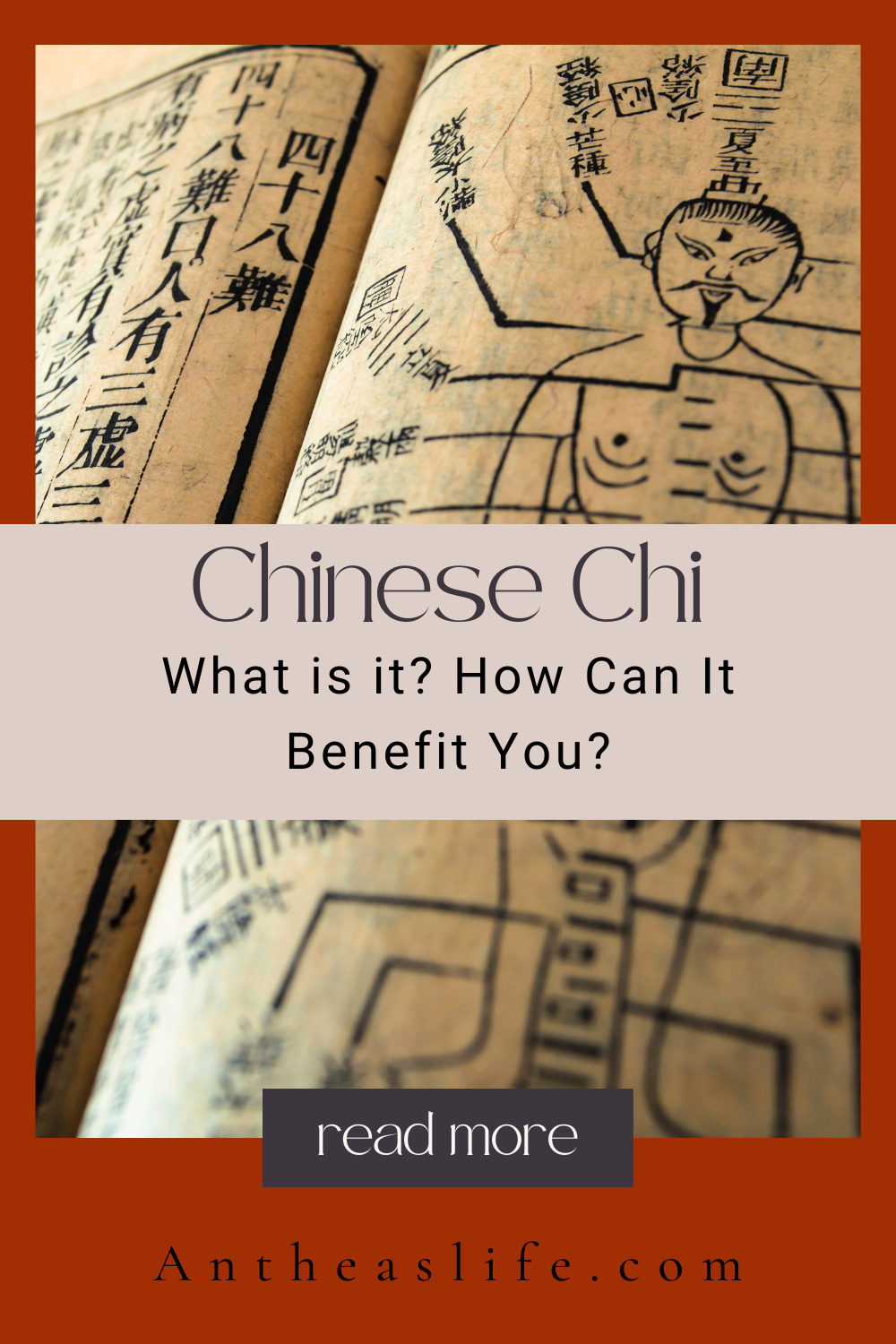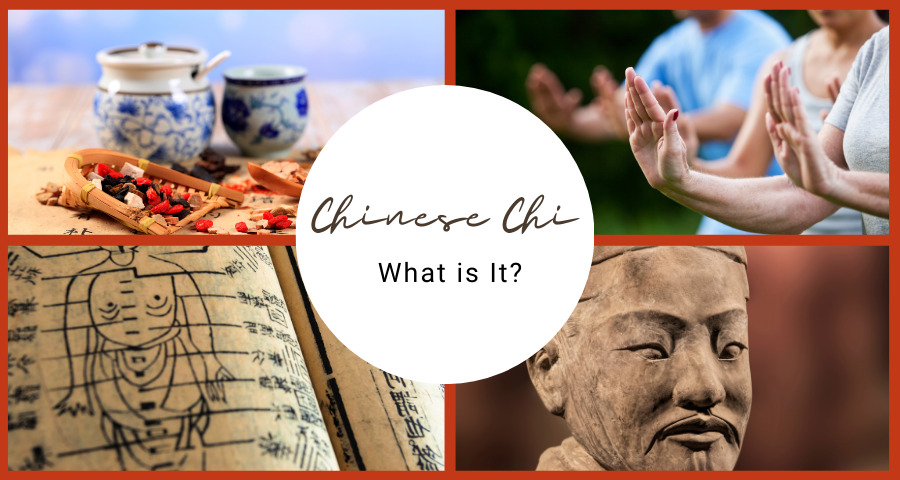What is Chinese Chi, and how can it benefit you? Chinese chi, often written as “qi” or “chi,” is a concept that is deeply rooted in Chinese culture and traditional Chinese medicine. It is an essential concept that infiltrates several aspects of life, from healing and health to philosophy and martial arts.
Chi is believed to be a vital life force or energy that flows through all things living, connecting the body, mind, and spirit. Understanding and balancing chi is thought to be essential for attaining physical, mental, and emotional well-being.

7 Key Aspects of Chinese Chi
Flow and Balance
In traditional Chinese medicine (TCM), optimal health is linked to harmonious flow and balance of chi within your body. When chi is obstructed, deficient, or excessive, it can result in various physical and emotional ailments. Acupuncture, herbal medicines, and practices like Qigong and Tai Chi are utilized to restore the correct flow and balance of chi.
Meridians
TCM practitioners believe that chi travels along particular pathways referred to as meridians or channels. These meridians connect different organs and systems in your body and are critical for maintaining good health. Acupuncture and acupressure focus on stimulating or controlling chi flow through these meridians to address health issues.
Mind-Body Connection
Chi is not limited to only your body; it also involves the mind and emotions. Emotions are believed to impact the flow of chi and vice versa. For instance, excessive anger or stress can disturb the flow of chi, which leads to physical symptoms.

Martial Arts
Many traditional Chinese martial arts forms, like Tai Chi and Kung Fu, focus on the cultivation and control of chi. Practitioners believe using and directing chi can boost physical strength, agility, and focus.
Spiritual and Philosophical Aspects
Chi extends beyond the physical realm and is fundamental to Chinese philosophy and spirituality. It is often related to Taoism and the perception of the Tao, which represents the central principle that underlies everything in the universe. Equalizing and aligning one’s chi with the Tao is seen as a path to inner peace and enlightenment.
Breathing and Meditation
Breathing techniques and meditation are vital for regulating chi. Practices like Qigong entail particular breathing patterns and movements to improve the flow of chi and encourage relaxation and vitality.

Healing
TCM practitioners use different methods, including cupping therapy, acupuncture, Tui Na massage, and herbal medicines, to diagnose and treat inequities in chi. These practices aim to re-establish harmony within your body and boost overall health.
Related: Common Chinese Herbs and Spices: A Tapestry of Healing and Wellbeing
Final Thoughts
It’s essential to note that while the concept of chi is deeply rooted in Chinese culture and traditional medicine, it may not necessarily correspond with Western scientific explanations of health and energy. However, it continues to serve as a valuable framework for understanding and encouraging holistic well-being in many areas of the world. Its influence can be seen in many alternative and complementary healing practices.
Sending you lots of light, love, and healing vibrations!
Anthea

